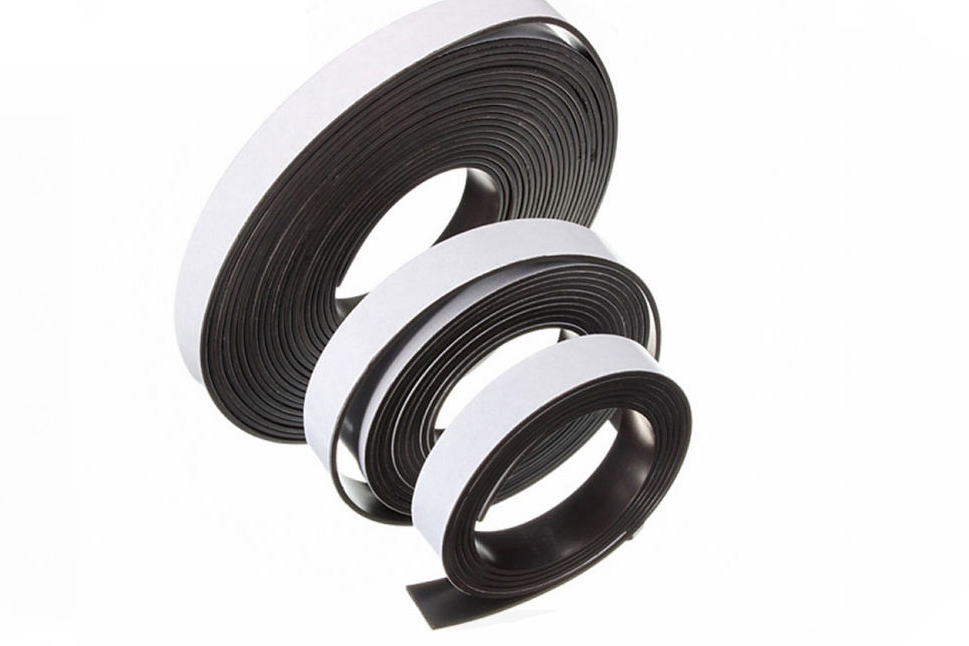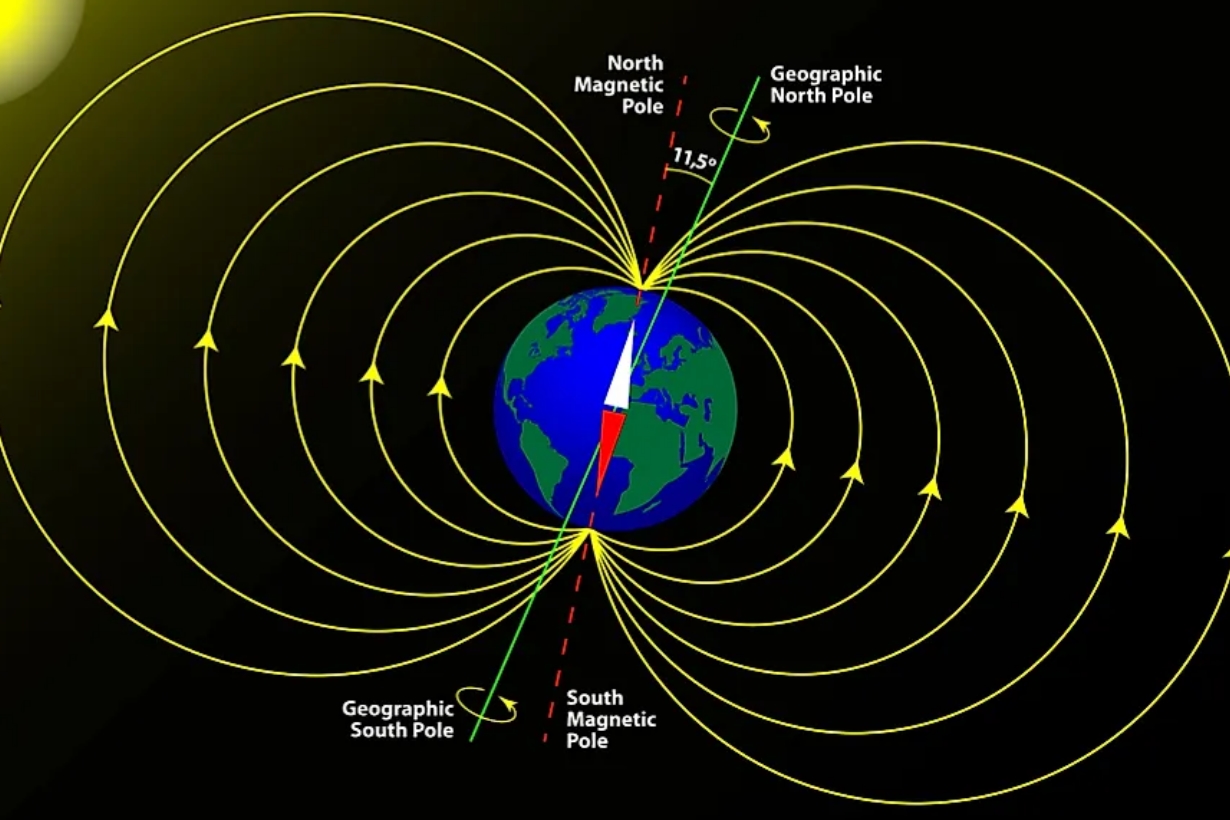How Are Sintered NdFeB Magnets Made?
Sintered NdFeB magnets have excellent magnetic properties and are widely used in electronics, medical equipment, toys, aerospace, and other fields. You can find the sintered NdFeB magnets in permanent magnet motors, speakers, magnetic separators, computer disk drives, magnetic resonance imaging equipment and meters, etc. Then how are sintered NdFeB magnets made? In this article, we will try to answer this question.

How Are Sintered NdFeB Magnets Made?
Sintered NdFeB magnet is produced by the powder metallurgy method, and there are 16 process steps in total. The production of sintered NdFeB is a systematic project, and each process must lay a good foundation for the next. The following are the main steps of producing sintered NdFeB magnets.
1. Raw Materials
Good raw materials are the basis for the production of high-quality magnets.
2. Composition Design
The composition design of sintered NdFeB is very important, it relates to whether the product quality and magnetic performance indicators can meet customer requirements. Because many intrinsic magnetic properties of materials, such as magnetic polarization, Curie temperature, etc., are determined by the composition of the material. The basic principle of composition design is to ensure a sufficiently high intrinsic performance, while comprehensively considering the material cost.
3. Smelting
Smelting is the first process for sintered NdFeB magnets to enter the production process. The smelting furnace produces alloy spun strips. The process requires furnace temperature to reach about 1300 degrees and lasts for four hours to complete.
4. Powder Milling
The purpose of powder milling is to crush large alloy ingots into powders of a certain size. In order to obtain a well-oriented magnet, the powder particles are required to have a small size (3-4μm) and concentrated size distribution, and the powder particles are spherical or nearly spherical.
5. Orientation
Powder magnetic field orientation is one of the key technologies for producing high-performance sintered NdFeB. After the crushed magnetic powder is put into the mold, an external magnetic field is applied for orientation, and the powder is compacted after the orientation. There are three types of molding methods commonly used at present: membrane pressure method, mold pressing and cooling isostatic pressing, and rubber mold isostatic pressing. In the case of the same neodymium content, the isostatic pressing of the rubber mold can obtain a larger magnetic energy product.
6. Sintering and Tempering
The relative density of the sintered NdFeB powder compact is relatively high, the contact between the particles is mechanical contact, and the bonding strength is low. In order to further increase the density, improve the contact properties between the powder particles, increase the strength, and make the magnet have the microstructure characteristics of high permanent magnetic performance, the compact needs to be heated to a temperature below the melting point of the basic phase of the powder and heat-treated for some time. This process is called sintering. After the sintered magnet is quenched at high temperature, the grain boundary phase distribution is uneven and the grain boundary is not clear. Therefore, it is necessary to perform tempering treatment at a certain temperature to optimize the structure and obtain the best magnetic properties. Tempering refers to cooling the sintered magnetic powder to a certain temperature and then heating it again. The tempering temperature shall be determined by test or thermal differential analysis.
7. Machining and Surface Treatment
In practical applications, the shapes of sintered NdFeB magnets are diverse, such as discs, cylinders, rings, squares, tiles, sectors, and various irregular shapes. Due to the different shapes and sizes of the permanent magnet elements, in the production process, except for the large-sized regular permanent magnet elements, it is difficult to form other magnets at one time. Therefore, in the powder metallurgy process, a large billet is first produced, after sintering and tempering treatment, and then through mechanical processing, grinding processing, and surface coating treatment to produce magnetic materials of the shape and size that meet the needs of customers. There are 3 types of machining, including:
- Cutting Processing: cut cylindrical and square columnar magnets into disc-shaped and square-shaped elements.
- Shape Processing: process round and square magnets into fan-shaped, tile-shaped, or grooved, or other complex-shaped magnets.
- Punching Processing: Process round bar and square bar magnets into cylindrical or square cylindrical elements. The machining methods include grinding and slicing, electric discharge cutting, and laser processing.
Conclusion
Thank you for reading our article and we hope it can help you to know how are sintered NdFeB magnets made better. If you want to learn more about NdFeB magnets, we would like to advise you to visit Stanford Magnets for more information. As a leading magnet supplier across the world, Stanford Magnets has been involved in R&D, manufacturing, and sales of magnets since the 1990s. It provides customers with high-quality permanent magnets like SmCo magnets, neodymium magnets, AlNiCo magnets, and ferrite magnets (ceramic magnets) at a very competitive price.















